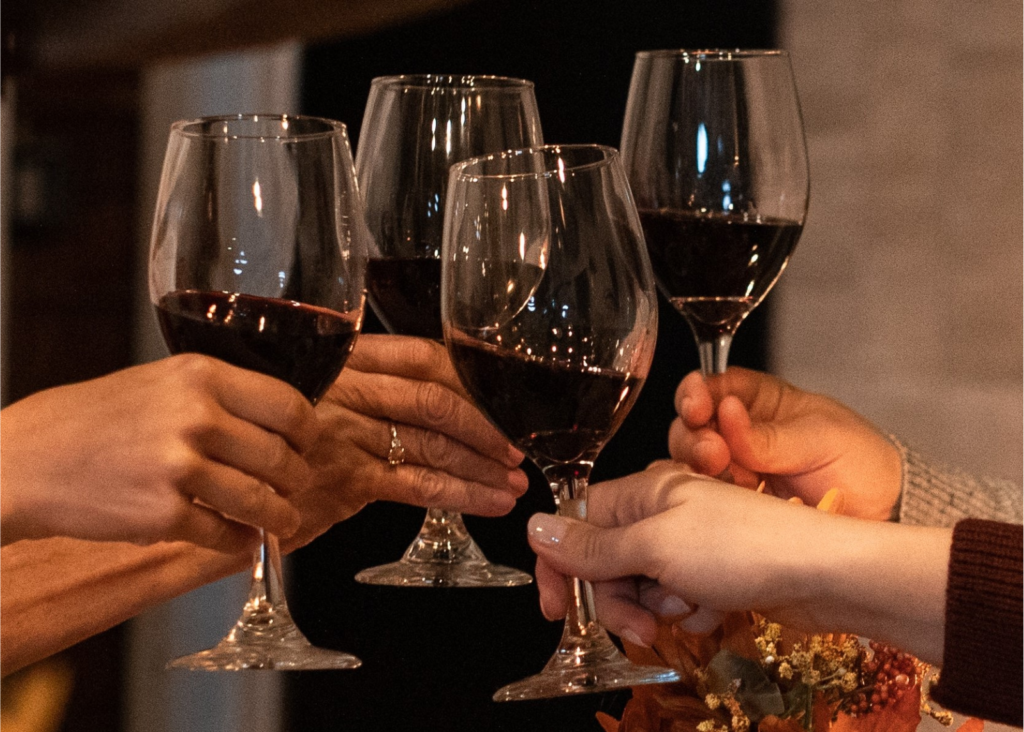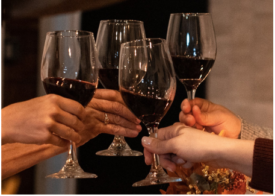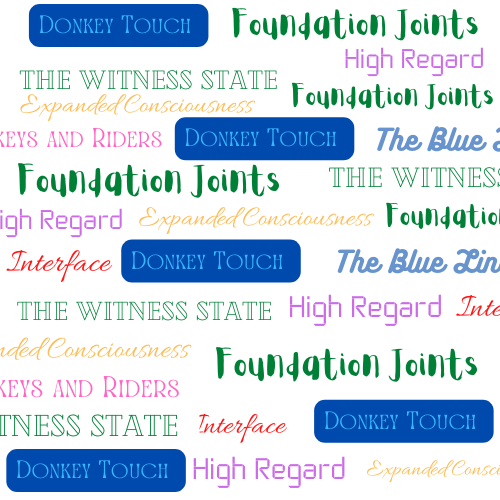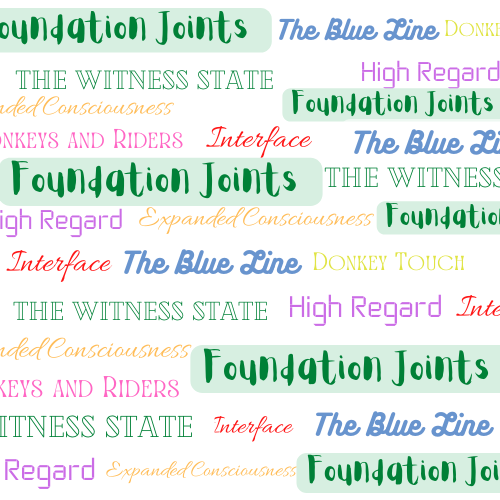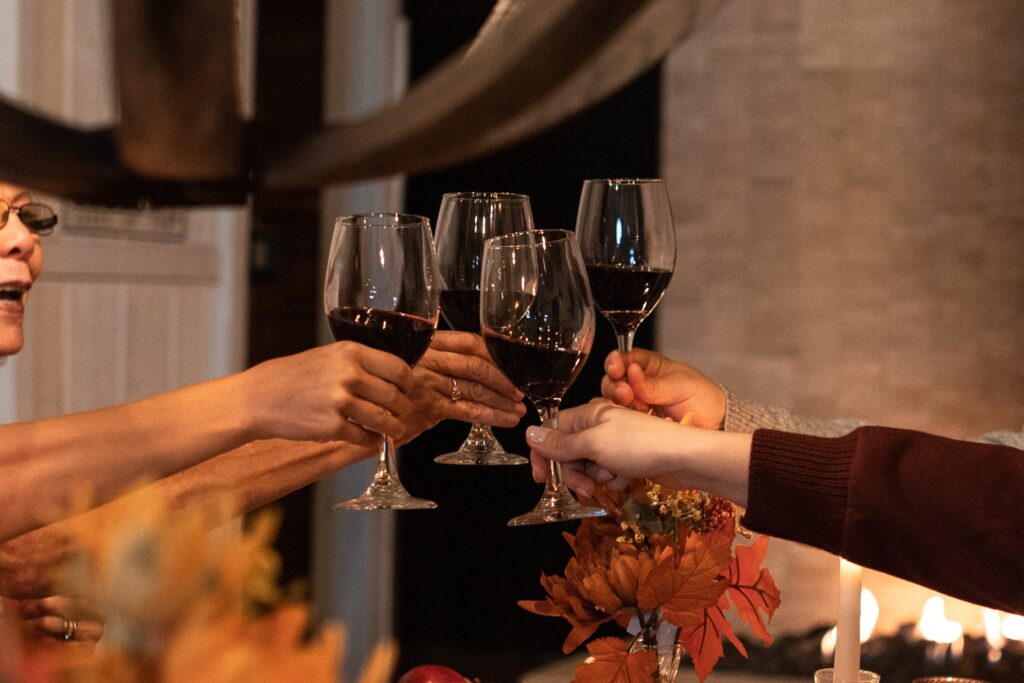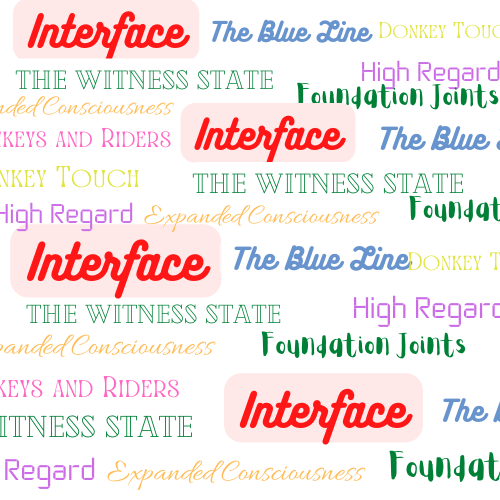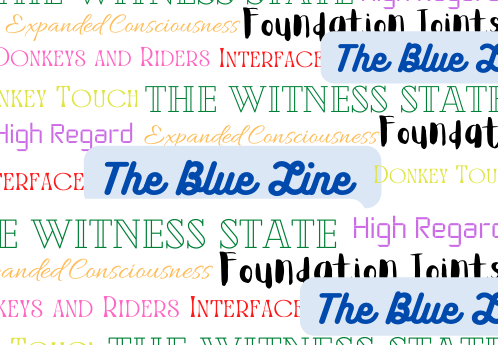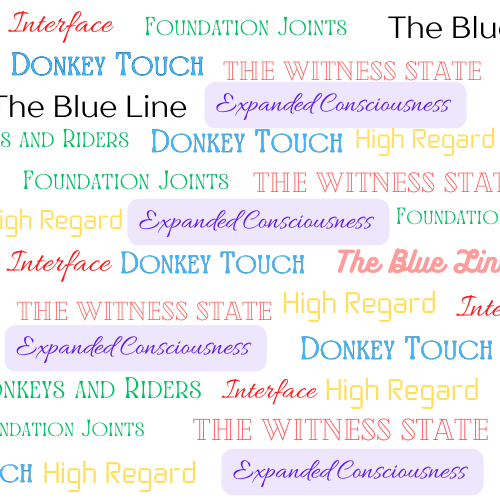
What comes to mind with the words Expanded Consciousness? We’ve all experienced it to some degree both receiving and giving a Zero Balancing session. There’s that signature feeling in your body that tells you you’re expanded. You might notice it when you’re on the table or in a different way as you give the first Half Moon Vector. Have you noticed how your client’s eyes sparkle after receiving a ZB? If you check a mirror, you’ll likely see your eyes are sparkling too. I call it “ZB eyes.” You both are in expanded states of consciousness.
Healing happens faster in expanded consciousness. Think about what the word “expanded” means. It connotes something larger than what was there before. In ZB, the client’s experience of themselves quite literally expands. Self-concept and beliefs become less concretized. They let go of identification with aspects of their present or past experience. Who they think they are is less well held so who they truly are can surface.
To facilitate expansion, we practitioners create and hold a sheltered and protected space so the client can drop the need to scan their environment for threat. They can stop monitoring the external and tune in to the internal. Several ZB principles make this possible. Interface, High Regard and Donkey Touch play a large role in creating safety. Our touch is so connected and so safe. The instinctive part of the client, their donkey, feels this and knows they can focus elsewhere.
We talk about hedonic touch as a means of inducing an expanded state. When something hurts good, the body has an experience of opposites and the mind can’t make sense of it. Which sensation should receive attention? Pleasure? Pain? Expansion begins and the receiver enters a realm that is both more deeply themselves and beyond themselves.
How do we know our client is expanded? One common sign is their head tilts slightly off midline. Have you ever seen this happen right after a fulcrum? It’s important to notice. They are deeply processing yet still present. If you check in and ask how they are doing, they respond quickly, though not always verbally.
We practitioners become expanded as well. The process of learning to give ZB sessions is, in part, learning to function while in expanded consciousness. We are expanded yet not lying on the table. Our sensory experience broadens. We may see things without our eyes, hear without our ears, feel more deeply into the client’s experience. The deeper our sensory experience, the more important it becomes for us to remain grounded and stable. Someone needs to steer the ship. We have the responsibility of giving the session, monitoring our client and maintaining a safe space.
I gave a session recently in which the client declined to frame, asking to go immediately to the table. After the first hip fulcrum, I saw their head tilt slightly off midline to the left. Expanded consciousness…check. The first thing they said when they stood up after the session was “I have a right to be here.” Their posture, demeanor, and voice quality all embodied this new reality. The core belief of being undeserving of life, that aligned with their troubled history yet had never been verbalized, had transformed during the session and had come to the forefront of their awareness.
Expanded consciousness is a gateway for embodying one’s authentic self. In the safe and sacred container of your treatment space, the client can begin to experience their true nature. Healing can happen at the deepest levels. This is the power of expanded consciousness.

